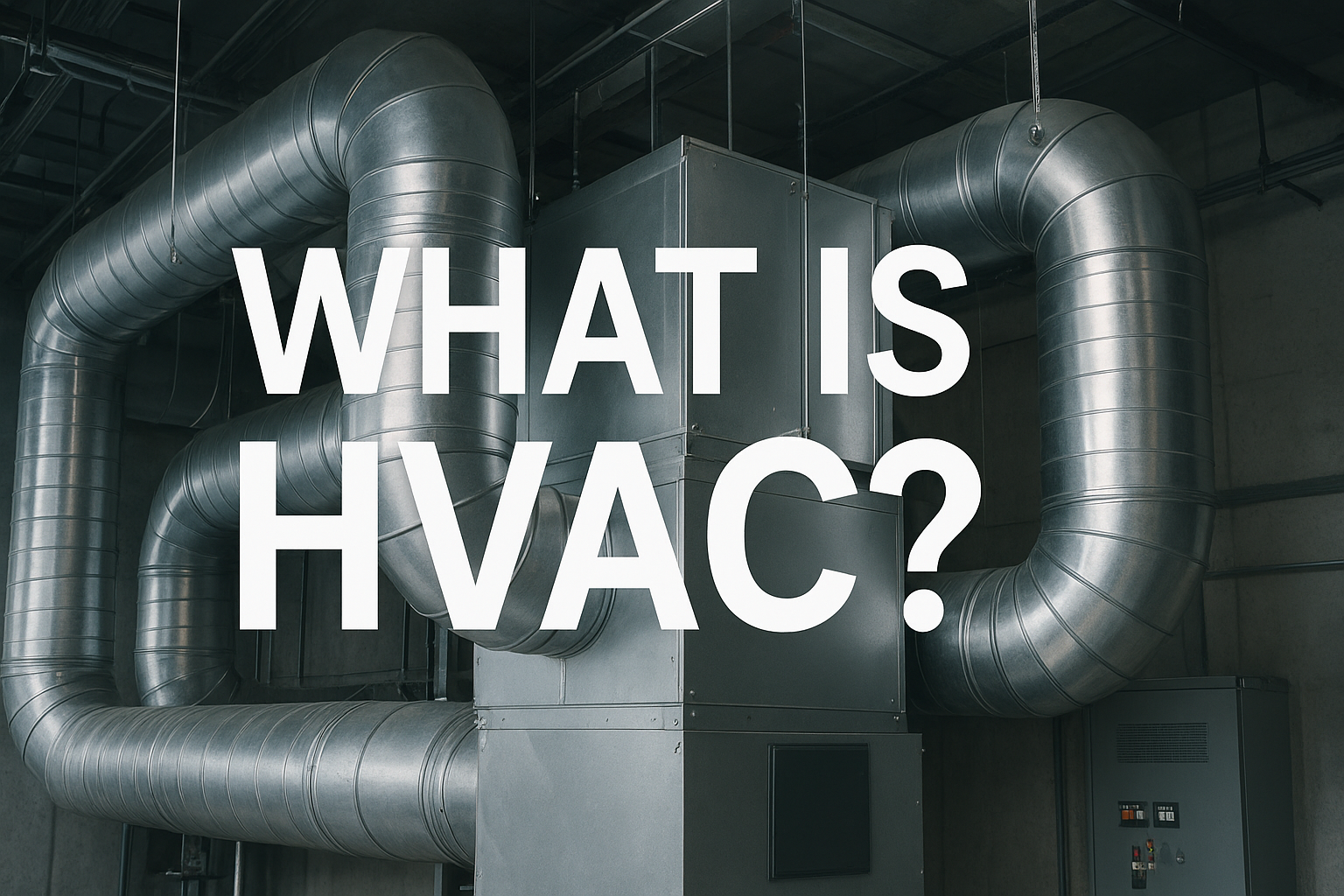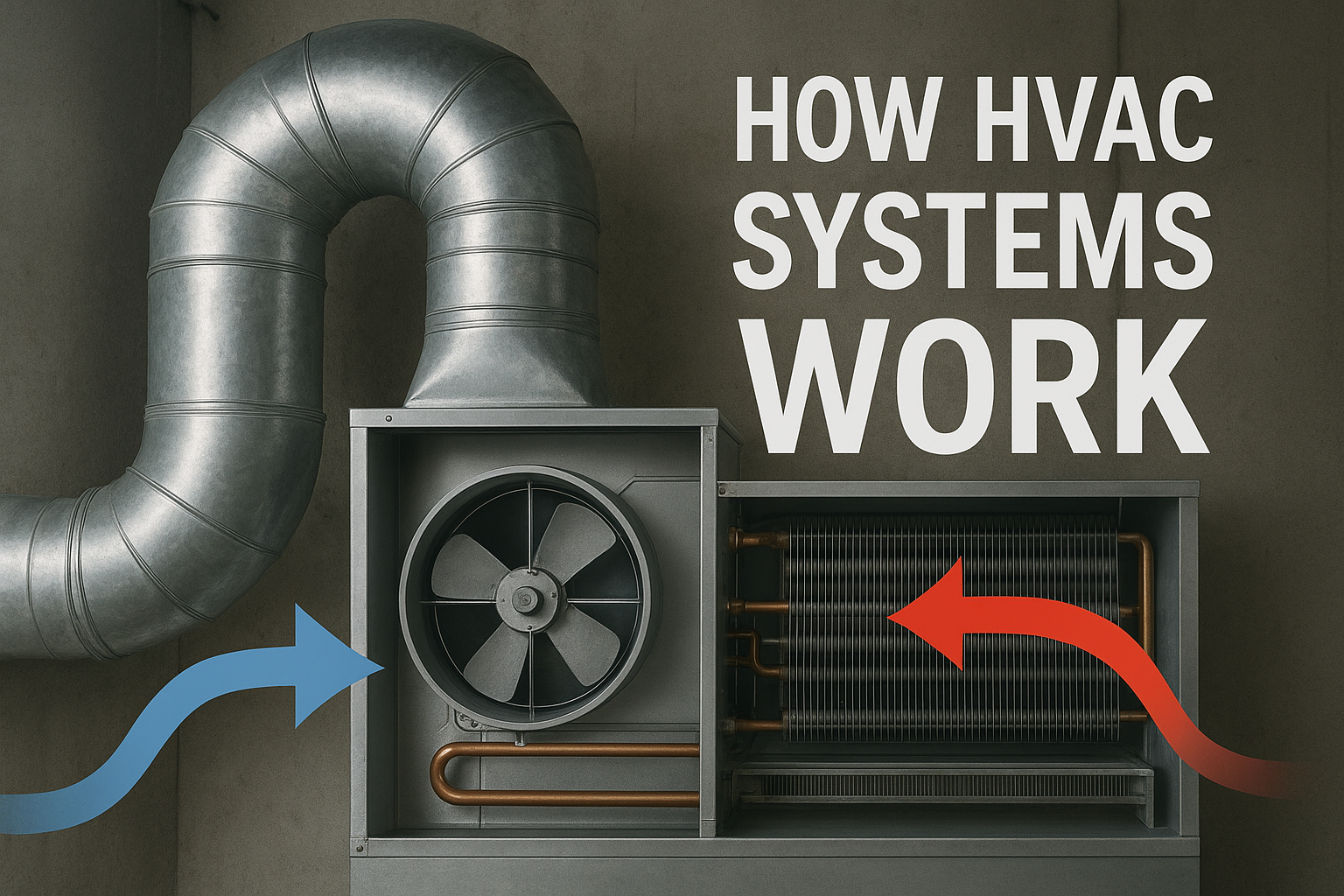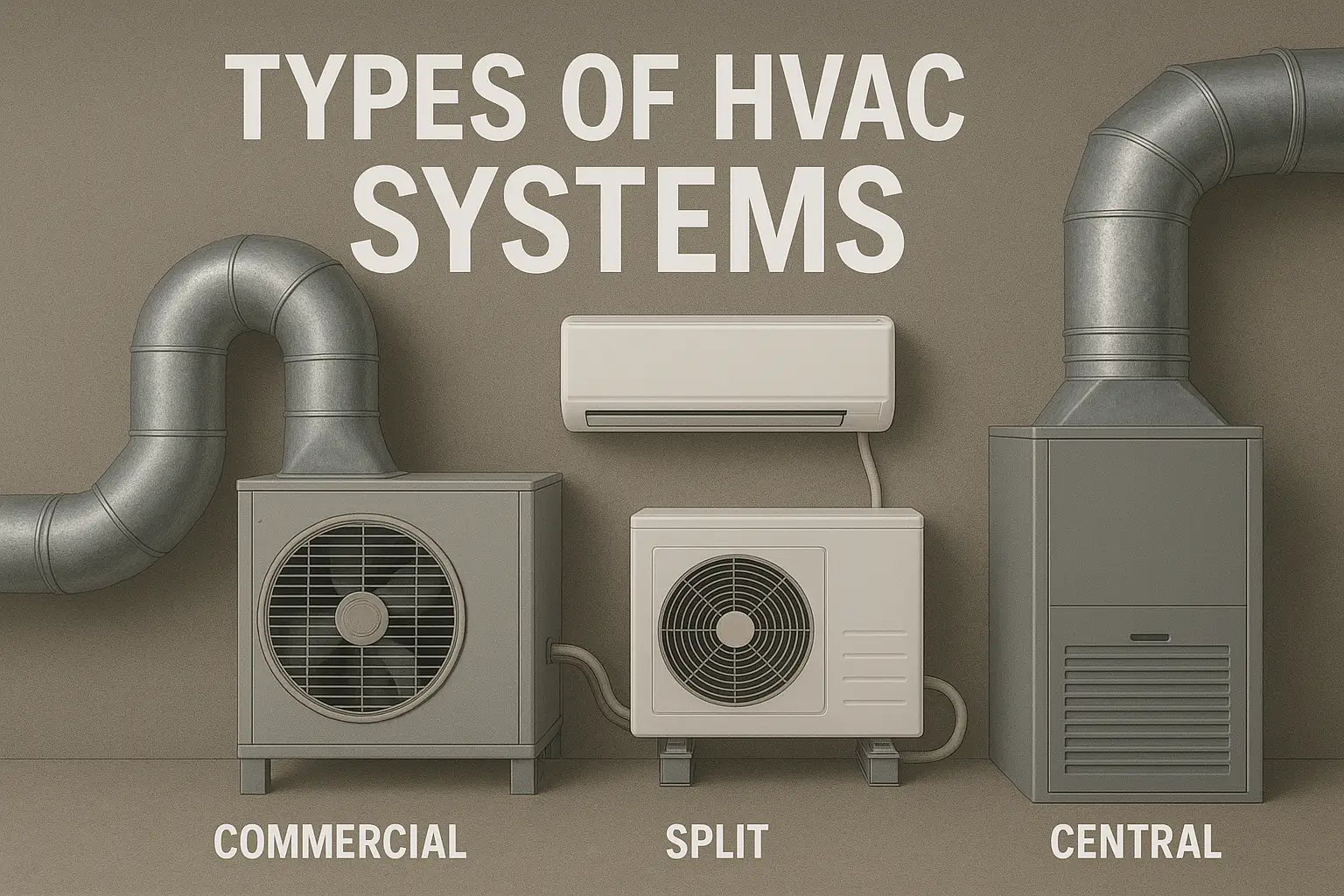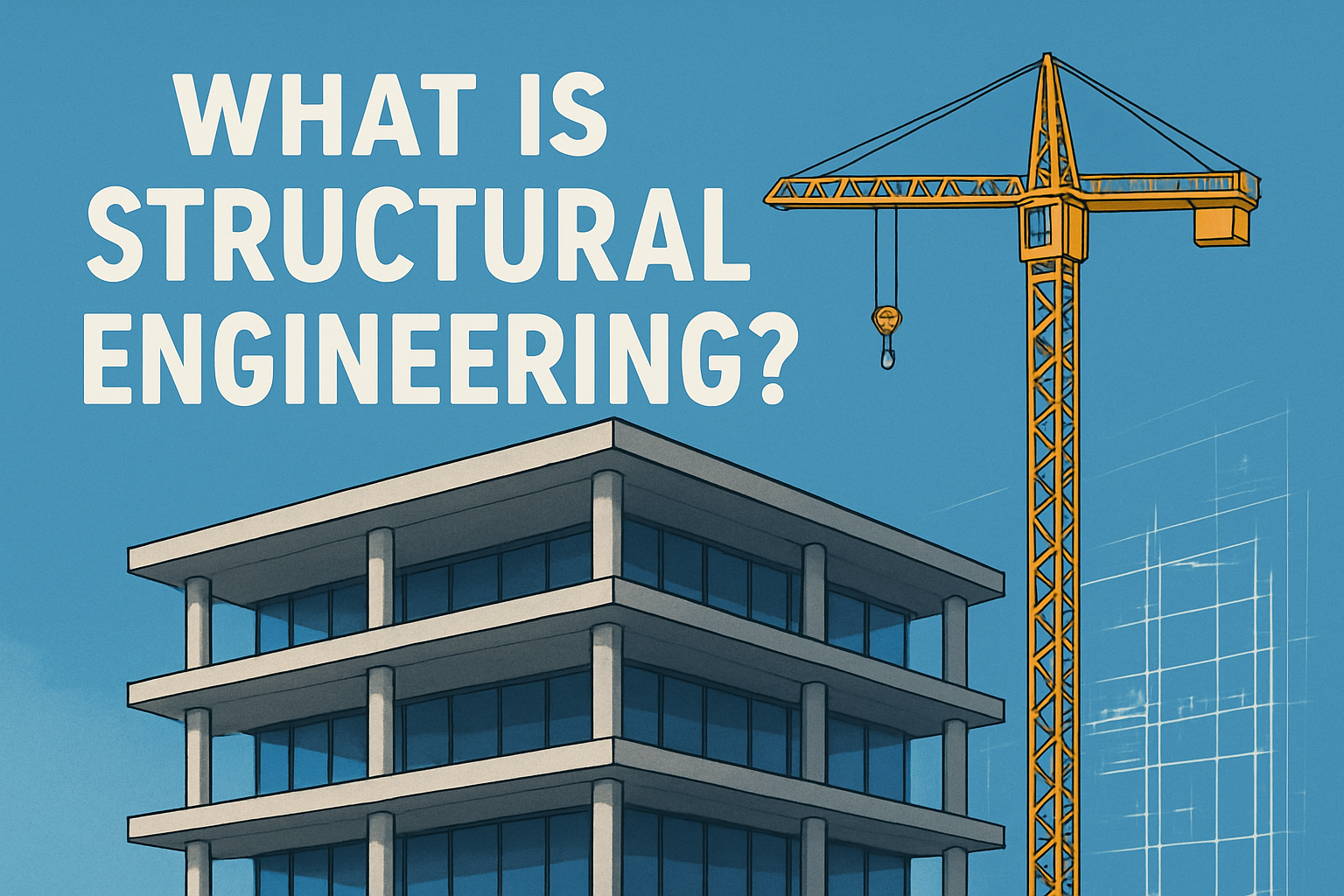
HVAC stands for Heating, Ventilation, and Air Conditioning — the systems that keep indoor spaces comfortable, healthy, and safe. Most people think of HVAC as simply “the heating or the air conditioner,” but it’s actually an umbrella term that covers how buildings control temperature, move air, manage humidity, and filter pollutants. A well-designed HVAC system makes homes and buildings comfortable year-round, improves indoor air quality, and helps save energy when it’s sized and maintained correctly.
Whether you’re a homeowner wondering why your energy bills are high, a student learning building systems, or someone choosing equipment for a new home, understanding the basics of HVAC helps you make better decisions and ask the right questions when hiring a contractor. This guide explains what HVAC is, how typical systems work, the main system types, simple maintenance you can do, and why sizing and ventilation matter.
Why HVAC matters
HVAC systems do more than change the temperature. They control the indoor environment by managing heat, airflow, humidity, and air cleanliness. These functions affect comfort, health, and the longevity of a building.
- Provide thermal comfort (heat in winter, cooling in summer).
- Maintain indoor air quality (ventilation and filtration).
- Control humidity (important for comfort and building health).
Good HVAC design and maintenance save energy, reduce costs, and keep occupants healthy.
Good ventilation reduces stale air, removes odors and pollutants, and helps limit airborne contaminants. Correct humidity control prevents mold growth and protects furnishings. Energy-efficient HVAC reduces utility bills and lowers environmental impact — especially important today as many buildings shift toward electrification and smarter controls.

How an HVAC system works
At a simple level, an HVAC system performs three linked jobs: produce heat, remove heat (cool), and move and refresh air (ventilation). Below are the basic roles and components.
Heating. Furnaces, boilers, and heat pumps are common heat sources. Furnaces burn fuel (like natural gas) or use electricity to produce warm air, while boilers heat water that circulates through radiators or underfloor piping. Heat pumps move heat from one place to another and are increasingly popular because they can both heat and cool efficiently.
Cooling. Air conditioners and chillers remove heat via a refrigeration cycle. The main parts are a compressor (often outdoors), an evaporator coil (indoors), and a condenser coil (outdoors). Refrigerant absorbs indoor heat and releases it outside. Fans and ducts or blower units then circulate cooled air.
Ventilation & IAQ. Ventilation brings in fresh outdoor air and ejects stale indoor air. Filters, air cleaners, heat-recovery ventilators (HRVs), and energy-recovery ventilators (ERVs) help maintain indoor air quality (IAQ) by removing dust, pollen, and other pollutants. In many modern designs ventilation and filtration are as important as heating and cooling.
Main components you’ll typically see
Most residential systems include a thermostat, air handler or furnace, condenser (outdoor unit), evaporator coil, ducts and vents, and filters. Commercial or complex systems add chillers, cooling towers, large air handlers, and advanced controls. Controls and sensors tie everything together — a smart thermostat can dynamically manage comfort and efficiency.

Common types of HVAC systems (with pros & cons)
Split systems. These are the most common in homes: an outdoor compressor and an indoor air handler. They’re efficient and modular but require ductwork.
Ductless mini-splits. These use wall-mounted indoor units connected to an outdoor compressor. They’re great for retrofits and offer zoned control, though they cost more per indoor unit.
Packaged systems. All components are in a single outdoor unit, often used for rooftops in commercial buildings. They save indoor space but are less common for homes.
Heat pumps. Heat pumps move heat rather than creating it and can both heat and cool. In many climates they’re cheaper to run than gas furnaces and are a major technology for electrification.
Zoned systems. These use dampers or separate units to control temperature in different areas. Zones improve comfort and can reduce energy use but require more complex controls.
Why correct sizing & ventilation matter
Picking the right size of equipment is crucial. HVAC sizing is based on a load calculation (taking into account home size, insulation, window area, orientation, and local climate). Oversized units cycle on and off too quickly, which reduces humidity control and shortens equipment life. Undersized units run constantly and still fail to reach comfort targets. Ventilation rates must meet codes and standards (like ASHRAE) to protect occupant health. Always request a load calculation from a qualified contractor or engineer.
Easy maintenance checklist — 6 things you can do
Basic seasonal checks help systems run efficiently and prevent breakdowns:
- Change or clean filters every 1–3 months. Dirty filters reduce airflow and efficiency.
- Keep outdoor units clear of leaves, plants, and debris so airflow isn’t blocked.
- Check condensate drains for clogs to avoid water damage and mold.
- Listen for unusual noises from motors or compressors and note any performance drops.
- Test thermostat settings and replace batteries as needed; consider a programmable or smart thermostat to save energy.
- Schedule annual professional tune-ups — pros will check refrigerant levels, electrical connections, combustion (if present), and coil cleanliness.
Costs & choosing the right system
Costs vary by region, home size, equipment efficiency, and installation complexity. A ductless mini-split may cost more up front per zone than a single split system but avoids ductwork. High-efficiency systems with better SEER (cooling) or AFUE (heating) ratings cost more initially but lower bills over time. Get multiple quotes, check contractor references, and insist on a load calculation and clear warranty terms.
Trends shaping HVAC’s future
Major trends include electrification (heat pumps replacing combustion heating), energy efficiency (higher efficiency ratings and heat recovery), digital design tools (BIM for better coordination), and smart controls (IoT thermostats and sensors). These trends affect equipment choice, installation practices, and long-term operating costs.
For students & technical readers
Key design steps: accurate load calculation (Manual J or ASHRAE methods), duct design (Manual D), selecting equipment by required tonnage and airflow (CFM), and ensuring ventilation rates meet ASHRAE 62.1. BIM can greatly improve multidisciplinary coordination for HVAC systems.
FAQs
What does HVAC stand for?
Heating, Ventilation, and Air Conditioning.
How is HVAC different from AC?
“AC” (air conditioning) cools air. HVAC covers heating, cooling, and ventilation — a broader term.
How often should I service my HVAC?
Home systems: at least once a year professionally; filters every 1–3 months.
What is a heat pump?
A device that moves heat rather than creating it, offering both heating and cooling via a reversible refrigeration cycle.
Will my HVAC bring in outside air?
Some systems include ventilation or mechanical ventilation units (ERV/HRV). Otherwise, many AC systems recirculate indoor air — so planned ventilation is important.
Conclusion
HVAC is the backbone of indoor comfort and health. It includes heating, cooling, and ventilation systems that together control temperature, humidity, and air quality. Good design, correct sizing, and regular maintenance make systems more efficient, extend equipment life, and protect occupant health.
If you’re a homeowner, start with simple steps: change filters, clear the outdoor unit, and schedule an annual professional inspection. If you’re planning a new installation, require a load calculation and at least two detailed quotes. For students or early-career professionals, focus on mastering load calculations, duct design basics, and modern tools like BIM — these are the skills in demand today.


